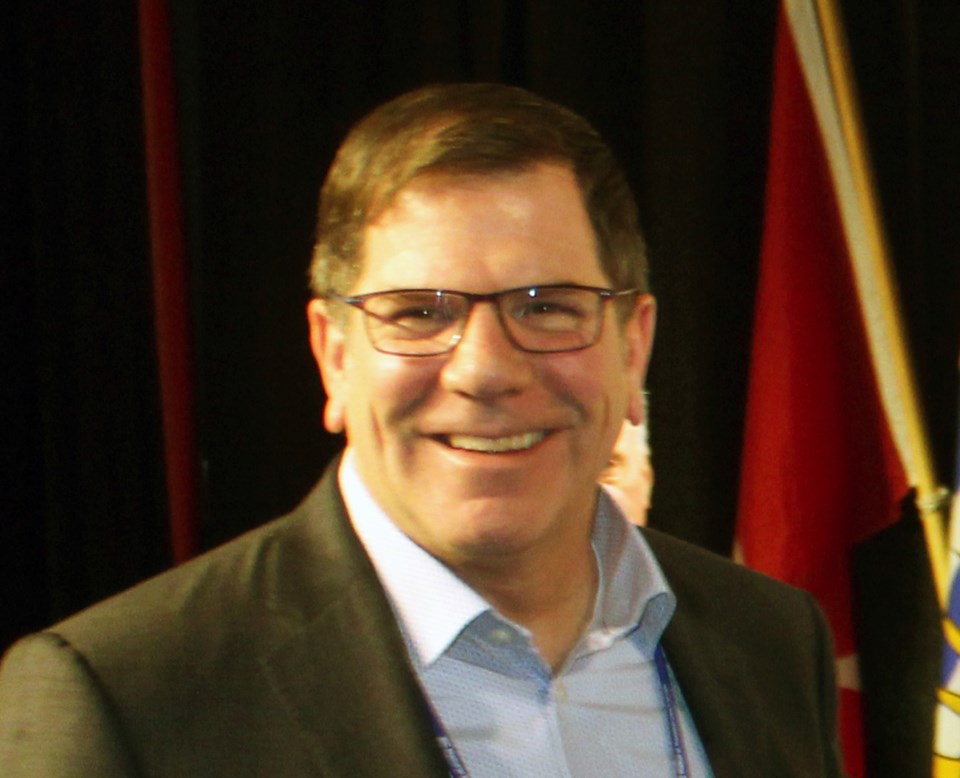Michael Goehring knows what scares investors away from B.C. mining projects.
When it takes 15 or 20 years to figure out if that mine will stand up to the test of an environmental assessment before it’s allowed to be built, chances are big-money backers will go looking beyond our borders to stake their claims.
That message apparently has gotten through to the federal government and Minister for Natural Resources Jonathan Wilkinson when he introduced Canada’s critical minerals strategy last month. The report highlights the urgency of speeding up the permitting process on projects to extract 31 rare earth metals to allow Canada to meet its climate change goals.
“Currently in B.C. it takes too long to permit and authorize mining projects and that’s a factor of both levels of government, federal and provincial,” said Goehring, president of CEO of the Mining Association of B.C.
“It’s the Number 1 issue for our members and it’s a significant issue for our Indigenous partners. Industry is prepared to work with government to create a better permitting process in B.C. It can’t take 15 years to permit a mine. We don’t have the time.”
Six minerals – copper, lithium, graphite, nickel, cobalt, cadmium – were listed as priorities for future exploration activities in the federal strategy.
“There’s a lot at stake” said Goehring. “We have the minerals and metals the world needs to transition to a low-carbon future. Without the minerals and metals we can’t get to net-zero and we can’t tackle climate change. There will be no solar panels, no wind turbines, no electric vehicles.
Goehring, a guest speaker last week at the BC Natural Resources Forum in Prince George, said there’s an urgency to act fast to make changes that will streamline environmental assessments, which he identifies as a path to advance economic reconciliations with First Nations, who often own the land where mines are located.
He sees First Nations ownership in mining operations as the wave of the future.
“Mining has been a leader in advancing economic reconciliation in British Columbia and now we’re seeing more partnerships, more collaboration,” said Goehring
“We’re going to see, we hope, equity participation and the ability of Indigenous nations to have a slice of the pie, to have investment in a project, co-management and co-regulation. The Section 7 agreement is new and it hails from the (United Nations Declaration on the Rights of Indigenous Peoples).”



